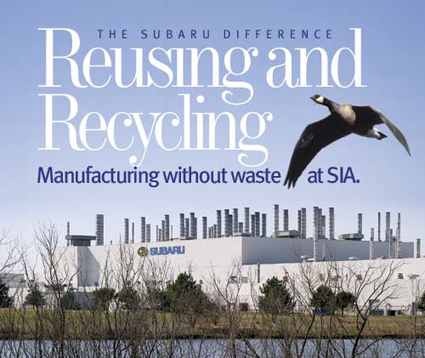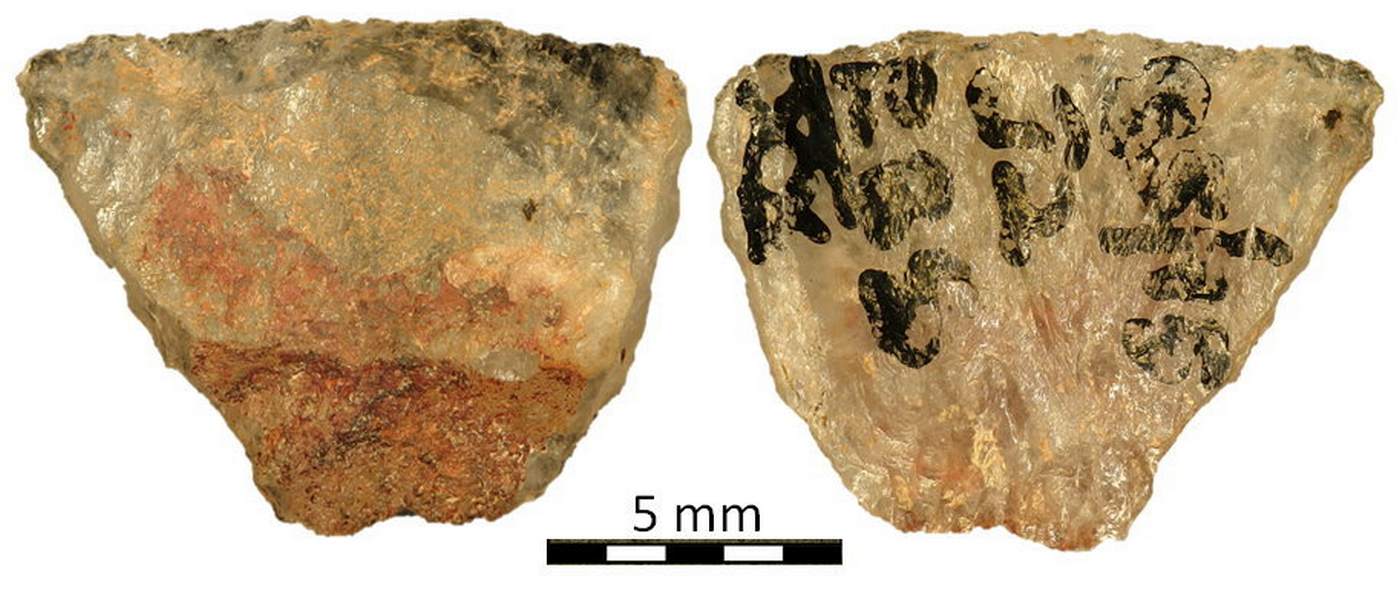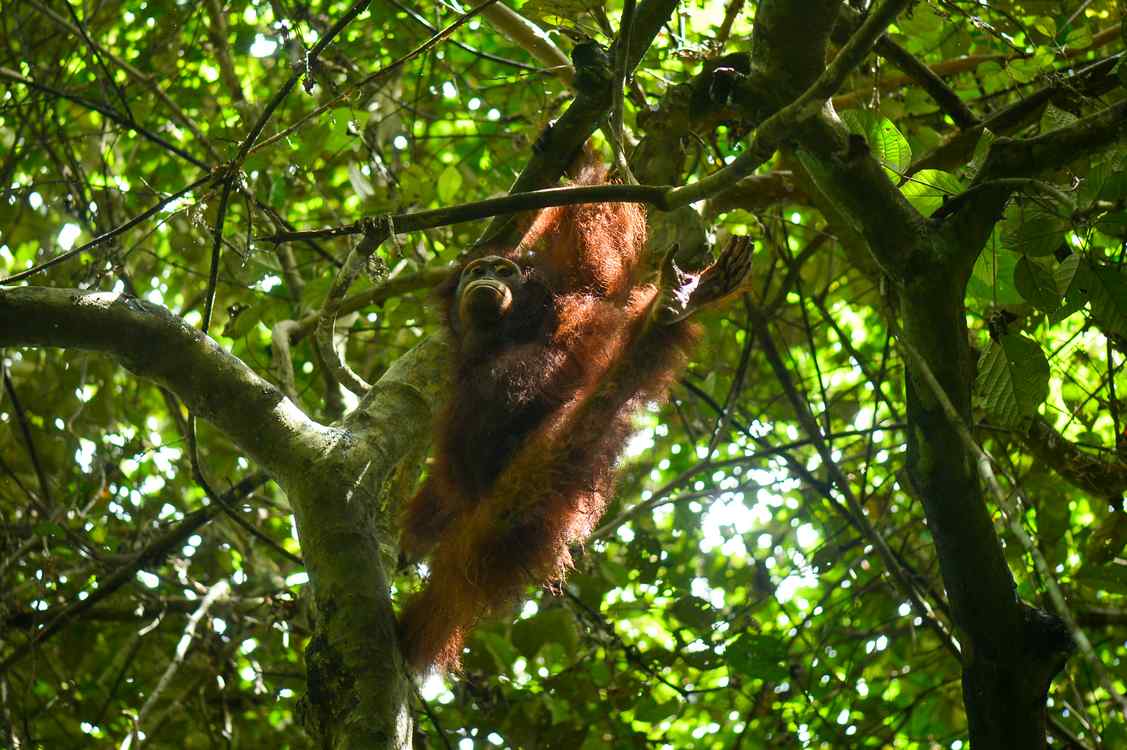 The Subaru assembly plant in Indiana celebrates three years of operation without taking out the trash. It sends nothing to a landfill. Raw materials go in, cars – and little else – come out. Subaru says it has recycled or reused 97 percent of its excess or leftover materials like steel, plastic, wood, paper and glass. The other 3 percent supplies electricity for the Indianapolis area through the steam generated and captured during incineration.
The Subaru assembly plant in Indiana celebrates three years of operation without taking out the trash. It sends nothing to a landfill. Raw materials go in, cars – and little else – come out. Subaru says it has recycled or reused 97 percent of its excess or leftover materials like steel, plastic, wood, paper and glass. The other 3 percent supplies electricity for the Indianapolis area through the steam generated and captured during incineration.
Subaru is celebrating the three year milestone of zero landfill status in Indiana the same time as the sale of its 100,000th Partial Zero Emissions Vehicle (PZEV), called the cleanest gasoline vehicles available today.
The Subaru plant was the first US auto plant to achieve zero landfill status by reusing, recycling or converting to electricity all its waste, earning the company the U.S. EPA's Gold Achievement Award. Recycling has actually helped reduce costs rather than raising them. Some examples of the green achievement:
- Reusing 33,000 pounds of brass per year that used to be thrown away: Subaru's wheel supplier uses brass lug nuts to hold wheels in place during shipping. Previously, these were thrown away. They are now reused until they're no longer serviceable, then they're recycled.
- Solvents used in the painting process are cleaned and recovered through SIA's on-site recovery system. The paint shop then reuses the solvent.
- Paint sludge formerly thrown away is dried to a powder, then shipped to a plastics manufacturer that mixes the dried sludge with other plastic compounds. The manufacturer's end products are useful devices such as parking-lot bumpers and guardrail safety blocks that absorb impact when struck by a vehicle.
- The outdoor landscape is a designated backyard wildlife habitat. Deer, coyotes, beavers, rabbits, blue herons and other water fowl live in peaceful coexistence with the Subaru plant.
The Legacy, Outback and Forester models made at the plant are certified PZEV by the EPA and have 90 percent cleaner emissions than the average new vehicle. The cars meet or exceed emissions standards and are sometimes cleaner than some hybrid or alternative fuel vehicles, says Subaru.
"These vehicles have such tight pollution controls, with the burning of fuel so complete, that in very smoggy urban areas, exhaust out of the tailpipe can actually be cleaner than the air outside."
(source: AutoBlogGreen) Thanks to Anthony Milch for the link!



















